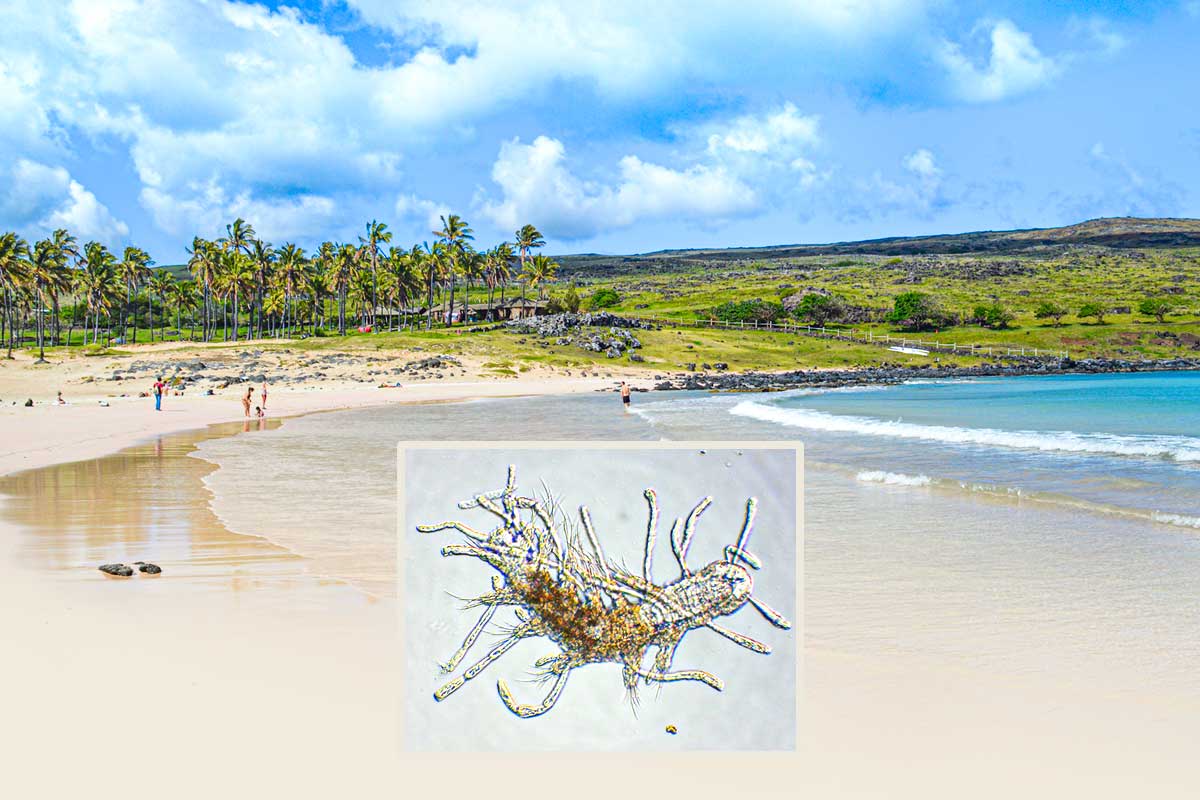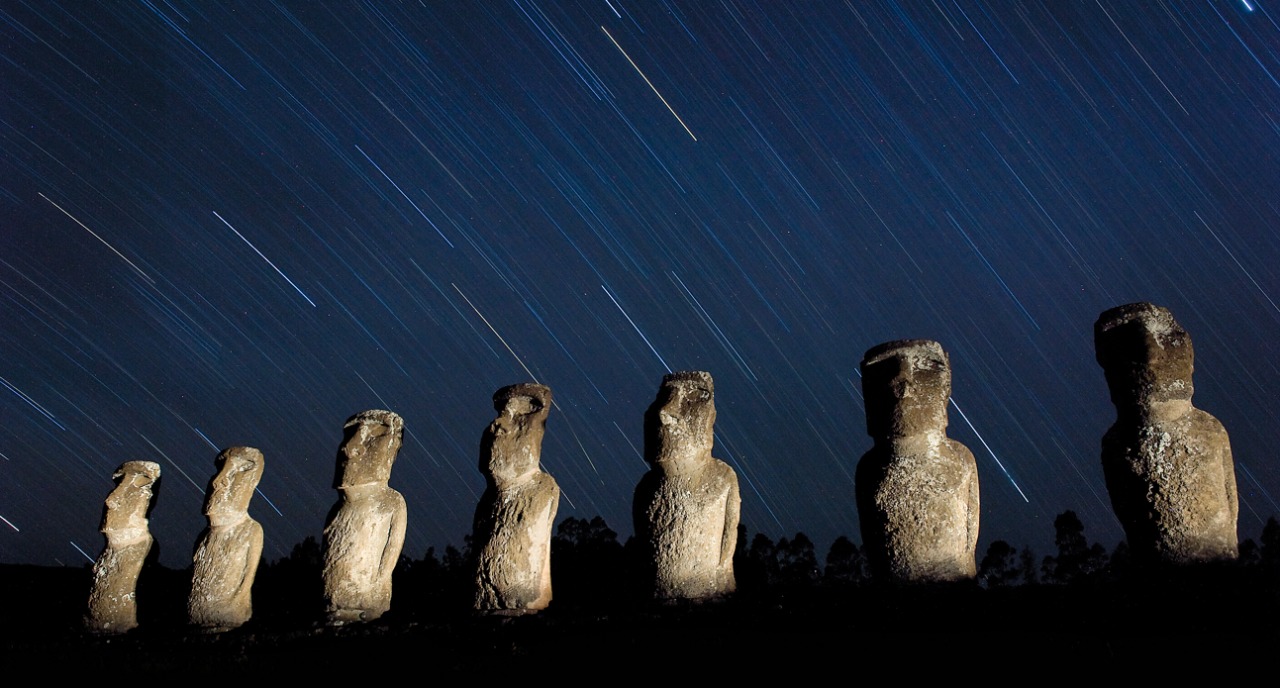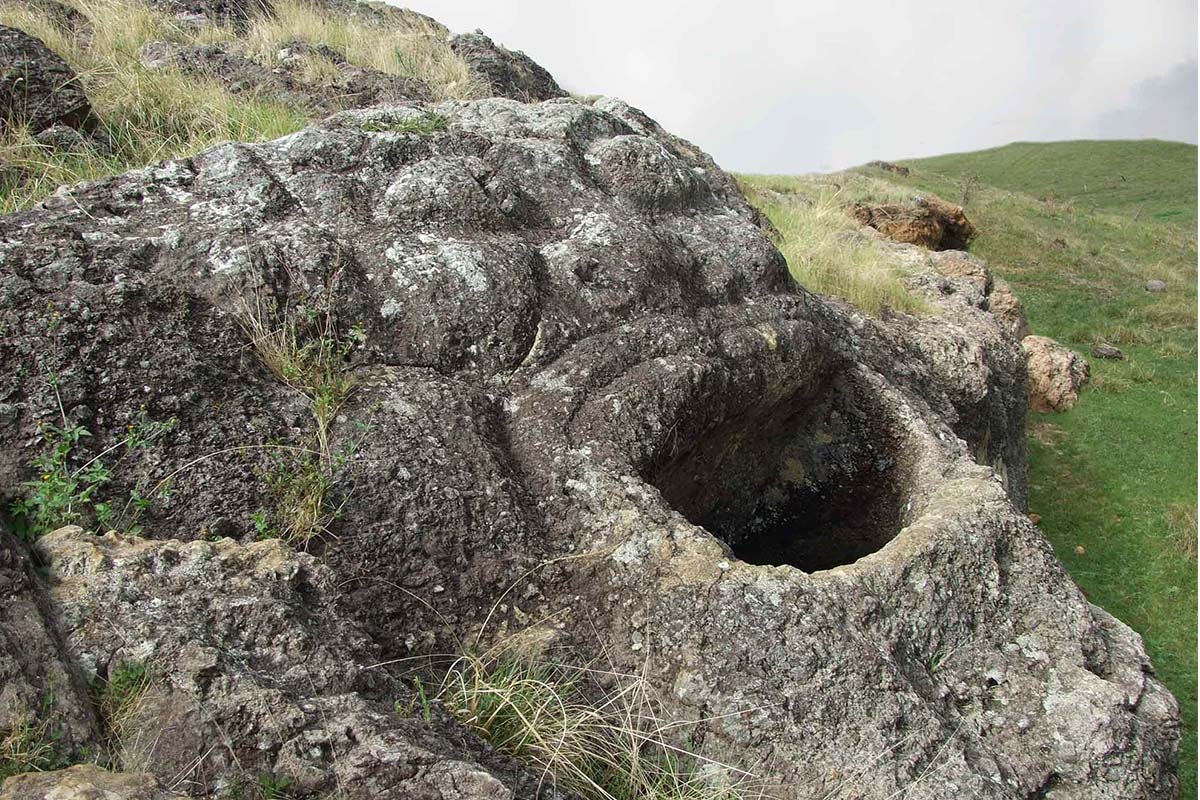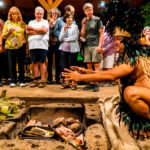The Battle between the Short-Ears and the Long-Ears
by Cristián Moreno Pakarati · UC/Ahirenga Research / Hanga Roa, Rapa Nui


On another level, the legend accounts for some notorious differences in archaeological traces found on Poike: statues of trachyte, unique petroglyphs, rows of taheta (stone basins) and several astronomical representations. These aspects are attributed to cultural differences between the ‘E’epe and the Momoko. As if all this was not enough, the legend also takes into account the abandonment of the Poike Peninsula in the 18th or 19th Century, which is when this story was first told. It also justifies the dread that some Islanders have, even today, to spend the night on Poike due to the supposed presence of the spirits of the Hanau ‘E’epe.
Nonetheless, the moral of the legend is the most important aspect. It emphasizes to the Rapanui the importance of stones for lithic fertilization. Stones were necessary to build the rock gardens. These protected the soil from erosion, held the moisture in the ground for much longer and supplied nutrients (iron, phosphorus and other minerals) that are essential for the growth of many crops. The Hanau ‘E’epe perished for their stubbornness in wanting to remove the stones from the soil, while the Momoko survived because they realized their importance for agriculture. The advance of erosion on Poike continues as a warning of this.
Featured Reports:
Small Life in the Sand of Rapa Nui
In the sand of Rapa Nui there are animals so small that they can hardly be seen with the bare eye. You need a microscope to see them. These animals live in the small spaces between sand grains.
PURE The Endangered Sea Snail
PUREThe Endangered Sea Snailby Ernesto Díaz CabreraEstudiante Doctorado en Ciencias, mención Ecología y Biología Evolutiva de la Universidad de ChileDoctoral candidate in Science of Ecology and Evolutionary Biology, University of ChilePure is a sea snail which has...
Magnetism on Rapa Nui
Magnetism on Rapa NuiAmong the sites most visited for their supposed magnetism are the large oval rock called Te Pito Kura and a section of the road to Anakena, about half a kilometer from the beach. Illusion or reality? What do the scientists say?by Cristian Moreno...














